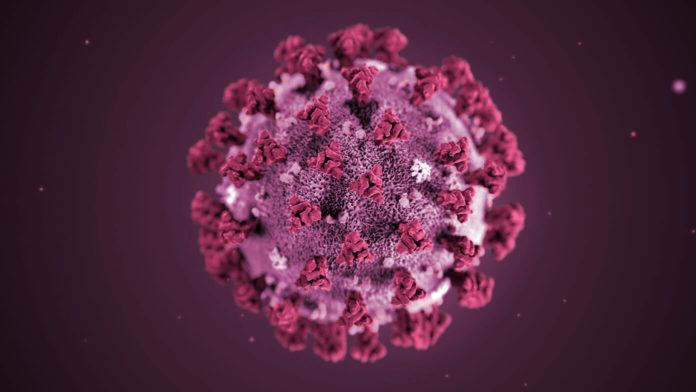With the global number of confirmed cases of COVID-19 on the rise, there is mounting fear that healthcare systems will be overwhelmed. Amidst calls for physical distancing and isolation to flatten the curve, these social interventions have the dual benefit of decreasing the number of simultaneous cases and buying time to increase healthcare capacity.
Whether a country has enough ICU beds to meet the surge in demand will play a big role in mortality rates. In Canada, plans are already underway to crank out life-saving ventilators to increase the number of beds equipped to treat COVID-19 patients who require intensive care. Some of them will be next-generation portable devices from Toronto-based Thornhill Medical.
The company’s technology is based on research by co-founder Joe Fisher, professor of anesthesiology at the University of Toronto and staff anesthesiologist at Toronto General Hospital. The original idea was to provide a self-contained and portable unit for military use, but its design has many benefits for emergency use.
“I think that this device has several roles in the COVID-19 pandemic,” said Fisher in a press release. “The first role is to help with a surge in supply – if you want to open up a new ICU bed, all you need is this and a stretcher, and you can do that.”
Not only can these devices expand capacity, they draw on oxygen straight out of the air, concentrating it in real time and eliminating the need for oxygen tanks. They can also run completely on battery power and have all the vital sign monitors of a normal ICU bed on board.
“This was also designed with transport of patients in mind – such as if you need intra-hospital transport, to take a patient from the ICU bed to CT scan or to the operating room,” added Fisher. “Right now, it’s extremely challenging to do that.”
As the number of COVID-19 cases continues to rise, these ventilators will become a lifeline for the most severe cases. Being fully self-contained means that they can be taken wherever they are needed; this includes temporary hospitals that may not have the same physical infrastructure to support a conventional ventilator.
The unit also includes a circle-circuit design that recycles the patient’s breathing gas to contain the COVID-19 virus with replaceable N95 filters.
Facing the challenges of the COVID-19 pandemic requires a rapid scale up of ICU capacity. Taking this established technology from the battlefield could help meet this emergency demand.








































